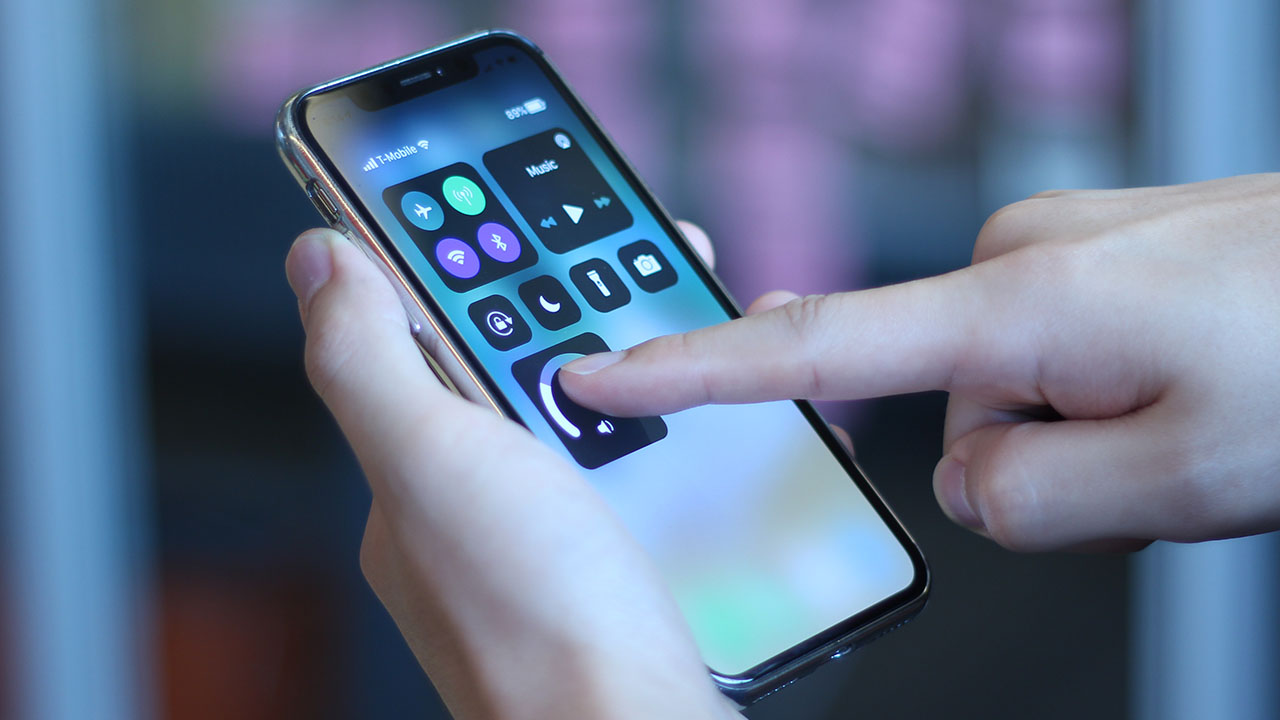A Design Space for User Interface Elements using Finger Orientation Input

Venue. MuC (2021)
Materials.
DOI
PDF [link]
Abstract. Despite touchscreens being used by billions of people every day, today’s touch-based interactions are limited in their expressiveness as they mostly reduce the rich information of the finger down to a single 2D point. Researchers have proposed using finger orientation as input to overcome these limitations, adding two extra dimensions – the finger’s pitch and yaw angles. While finger orientation has been studied in-depth over the last decade, we describe an updated design space. Therefore, we present expert interviews combined with a literature review to describe the wide range of finger orientation input opportunities. First, we present a comprehensive set of finger orientation input enhanced user interface elements supported by expert interviews. Second, we extract design implications as a result of the additional input parameters. Finally, we introduce a design space for finger orientation input.
Link to this page:

